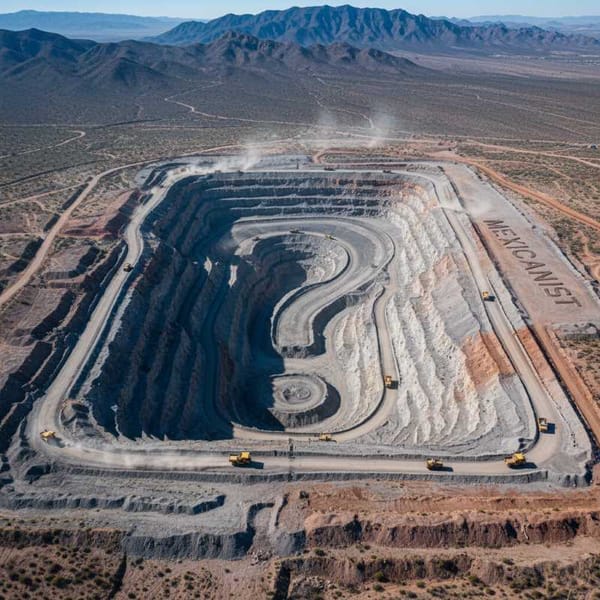Over 5,000 John Does Pile Up as Cartel Wars Rage
Mexico's morgues overflow with 5,348 unidentified corpses, a crisis fueled by drug violence and bureaucratic failures. Families struggle to identify loved ones in the macabre backlog. National database and DNA collection urged.

Forget spring break, Mexico has a body break - and it's not a party. The Attorney General's Office of the State of Mexico (FGJEM) is drowning in a macabre tsunami of corpses, struggling to identify a staggering 5,348 unclaimed bodies, with 629 festering in morgues for over seven years, according to a bombshell report.
Information requests revealed the gruesome inventory spanned 2018-2024, but the bean counters conveniently forgot to note cause of death, age, or gender - because who cares when you're dealing with a mountain of dead bodies, right?
The morbid milestone came in 2024, when a record-breaking 898 unidentified corpses piled up - a 3.3% spike compared to the already horrific numbers of 2023. To add insult to injury, the number of disappeared persons ballooned by a stomach-churning 24%, according to the National Registry of Disappeared and Unlocated Persons.
"The war on drugs is a real killer", said former disappearance commissioner Sol Salgado Ambros, who blamed the staggering morgue backlog on the narco-fueled violence unleashed during the reign of President Felipe Calderón.
"We’re talking about the kind of numbers where funeral homes can’t keep up. These people are just getting mowed down in unprecedented numbers."
She bemoaned that the Forensic Medical Services across the country are beyond capacity as they try to sort out the remains of all the murdered, chopped, and torched victims.
The situation is a toxic cocktail of unrestrained violence and a lack of basic resources, leading to a system failure where bodies are piling up faster than bureaucrats can file paperwork.
"They're finding bodies burnt to a crisp, dissolved in acid, or hacked to bits," Salgado explained. "Some people die from accidents or even commit suicide, but they all end up lost in the maze of the unidentified."
The real killer? Bureaucracy and a lack of resources to do anything about it.
Ambros griped that Mexican laws require that unknown bodies be put on ice and buried only when the proper paperwork is in place, but the legal hoops – from criminalistics and forensic medicine to dactyloscopy, genetics, anthropology, and odontology – take time, often months.
"Sadly, there's a lot of DNA that hasn't been collected, and the bodies are just buried like so much trash," she added.
Ambros points out a critical flaw: Mexico's justice system lacks the comprehensive databases needed to identify the dead, including the National Registry of Deceased and Unidentified Persons and the National Forensic Registry. "They lack all sorts of registration that would help identify these bodies"
While the government requires individual regions to create their own local lists of the unidentified, Ambros calls for a national database to be created.
"As long as they’re NOT up and running, we're going to keep seeing these horrifying numbers.”
Experts pointed out families looking for missing relatives can access the country's medical examiner database, but many bodies are unrecognizable. The solution? Painstaking collection of data from all bodies, as well as a collection of belongings found on the victims. "If families can look at what their loved ones had when they died, they can begin to identify their relative," said Ambros.
“For families, it gives them more clarity when they are able to see the belongings of the deceased, to ensure that they aren't being given the wrong body. This ensures that they can be sure their loved one is properly put to rest."
In order to get the morgues working, Mexican authorities need to hire experts in identifying the remains of the dead, and begin massive campaigns of DNA collection.
The solution may come, but the question remains: How many bodies will pile up before Mexico can bring it's numbers under control?




